TONGUE SCRAPINGEven if you’re an oral hygiene all-star who brushes your teeth twice a day, flosses regularly and dutifully visits your dentist every six months, you may still be missing one step that could help keep your mouth fresh and healthy. The tongue. The ancient science of Ayurvedic medicine recommends tongue scraping as a daily practice. There are many benefits as far as oral health, and overall physical, mental, and spiritual health. Which I would like to shine some light on. Since the oral cavity is one of the main gateways between your mind/body and the environment, maintaining the health of this connection is critical to general well-being. The question is, What is Ayurvedic Medicine? Ayurvedic medicine is one of the world's oldest medical systems and remains one of India's traditional health care systems. Ayurvedic treatment combines products (mainly derived from plants, but may also include animal, metal, and mineral), diet, exercise, and lifestyle, into treatments for patients. How is tongue scraping identified to be something of benefits to the overall health of human species. Well overnight, as the body processes everything that was ingested that day, toxins begin to form, and are visible as a coating on the tongue. Using a tongue scraper and scraping the tongue daily removes any build-up on the tongue. Which, if left untreated, can lead to bad breath and may house a significant number of unwanted bacteria. It's quite satisfying actually. The common question is when do I do it. Personally I incorporate the step first thing in the morning. Scraping the coating off first thing in the morning prevents reabsorption of the toxins that your body worked so hard to expel while you were sleeping. Jihwa prakshalana ( tongue scraping), is a traditional part of Ayurvedic self-care and also a great way to check in with your body each morning. Notice the color of the coating as well as the quantity. The amount can be a good indication as to whether or not your body was able to digest the food you consumed the previous day. Ayurveda considers the tongue a road map of the entire body, with each section corresponding to a different organ. When we scrape the tongue, it’s like giving our internal organs a gentle massage. The back area of the tongue corresponds with the colon, so scraping that area stimulates peristalsis. The front one-third of the tongue relates to the lungs, heart, chest, and neck; the central third represents the liver, spleen, stomach, and pancreas and the back one-third relates to the small intestine and colon, according to their system. The mouth is the gateway to digestion, and improving the overall hygiene of the mouth may improve digestion,” Haasl-Blilie says. How to use one? Ideally, a tongue scraper is used every day, upon rising, and on an empty stomach.
Should you scrape your tongue before or after brushing? You should scrape your tongue once a day, and most experts recommend that you do it after brushing either in the morning or evening. What’s your tongue saying?The truth is, your tongue never lies! Ayurveda says the colour of your tongue’s coating can indicate dosha imbalances too! The Brown Grey Milky: there’s a Vata imbalance. Eat warm, spicy foods to counter the cool properties of Vata. According to Ayurveda, every individual has three active energies inside their body. These energies govern various functions, like managing the mind, body- and even the diseases you will be prone to or the diet you should follow. Vata dosha is one of these three energies; it is light, airy and manages body movement and motion-related functions. It governs the expression of your speech and the flow of your breath. In fact, it is the motivating factor for the other two doshas- pitta and kapha. However, when Vata levels aggravate in the body, it may lead to various health concerns- ranging from chapped lips, dry skin, loss of appetite to emaciation, weakness, constipation, etc., depending on the severity of aggravation. The Thick White:Kapha is off balance, and digestion needs to be improved. In case of a Kapha imbalance in the body, it is said that problems such as weight gain, fluid retention, allergies and fatigue among others can occur. Kapha imbalance in the body is also believed to cause aliments like diabetes, depression, asthma and excessive sleep. The Yellow: Pitta toxins are present. Pitta governs digestion and metabolism, so the fire may flare first in the small intestine and the stomach - pitta's main seats in the body- with indigestion, heart burn or diarrhea. Other signs of pitta imbalance include: burins sensations throughout the body. Red, irritated skin. Particularly stinky sweat. In traditional Chinese medicine, the tongue is further devised in sections and relates to the meridians and organ systems throughout the body. This creates a picture of what is happening within the body by location, nature, severity, and allows the protection to monitor the practitioner of the treatment. The tongue is the only muscle in the body we can’t see that isn’t covered with the skin. When an oriental medicine practitioner looks at a tongue they are looking at its links, overall size, shape, colour, amount of saliva, and any details about the coat for on top of it. When we refer to size if it’s swollen or not, when we refer to shape, cracked appearance, teeth marks or not. From a western viewpoint, the tongue tells us how a person is digesting, how they’re lymphatic system functions, the quality of blood circulating in the body, neurological function, the presence of yeast or other growths in the body, and any long-standing or constitutional conditions. A normal tongue should be pink with a low amount of clear saliva, no cracks in the body, neither swollen absence of any sores and a white thin coating on top.
Normal A normal tongue looks pretty in pink, with minimal or no crack in the middle, a normal amount of saliva, no sores and a minimal amount of white coating. Damp Retention One of the most common TCM diagnoses is dampness retention, which manifests as bloating, lethargy and a feeling of heaviness, to name a few symptoms. A tongue indicative of this TCM pattern appears a bit swollen with a thick white greasy coating. Damp Heat When someone is hot-headed and angry, their tongue is a reflection of their emotions. In TCM theory, frequent anger is a sure-fire sign of damp heat, which can also be caused by eating lots of heavily-cooked meats (barbecue) as well as cold foods and drinks (ice cream, beer, soda). Besides having a beet-red tongue, a tell-tale sign of Damp Heat is a yellowish, greasy coating. Other manifestations of this pattern include skin problems and urinary tract infections. Heat Just like in weather patterns, heat can accompany damp conditions or dry ones. The TCM pattern of “Heat” is associated with the dryness, which not surprisingly manifests as thirst, as well as constipation. A tongue indicative of Heat pattern is also red but with a thinner yellow coating than Damp Heat. Yin Deficiency Yin Deficiency essentially means the body’s cooling engine isn’t working. That’s why night sweats and hot flashes are common symptoms of this TCM pattern. Like a Heat and Damp Heat tongue, a Yin Deficiency tongue appears bright red. Cracks may be present all over the tongue, not just in the middle of the organ. There’s also very little or no coating. Blood Stasis What’s more colourful than a red tongue? An eggplant/purplish hue. While purple might be an attractive color elsewhere in nature, say, on a flower, on a tongue, it’s an indication of a serious issue with blood circulation. Unfortunately, because of the prevalence of sedentary lifestyles coupled with lack of exercise, many people have purple tongues with black spots, sure signs of blood stasis. Yang Deficiency If Yin Deficiency is a lack of cooling energy, a deficiency of yang energy is the opposite. If you feel cold even if the weather is pleasant, you may have this pattern. Like Qi Deficiency and Blood Deficiency (see below), a Yang Deficiency tongue is pale. A thick white coating lines the top of the tongue with this pattern. Other physical manifestations of this pattern include back pain and a pale complexion. Blood Deficiency The paleness of a Blood Deficiency tongue is accompanied by an absence of a coating. This pattern arises when not enough Blood is manufactured, a condition caused by Spleen Qi Deficiency. Spleen is the organ in TCM that transforms nutrients from food into Qi energy and Blood. Poor cognitive function, dizziness, fatigue and insomnia are common manifestations of this pattern. Qi Stagnation When energy is stuck in one or more organ systems, this is indicative of Qi Stagnation. With this pattern, the tongue appears normal in the back three-quarters of the muscle (yes, the tongue is technically a muscle). But the tip and first quarter closest to the entrance of the mouth is bright red. Stress and emotional instability cause this pattern. This is just a small intro to the very vast world of tongues. Our bodies don’t like to surprise us. The body communicates with us in many ways when we are out of balance, and often before shit hits the fan when it comes to serious illness or disease. But one particular place that we often forget to check is there a tongue. Traditional Chinese medicine and Ayurveda are both ancient eastern modalities that make sure to check this place first and foremost, and utilize it as an interactive map that could indicate much more nuance when it comes to our health.
Tongue scraping is a vital habit to your overall health. Below is our product line feel free to shop!
0 Comments
|

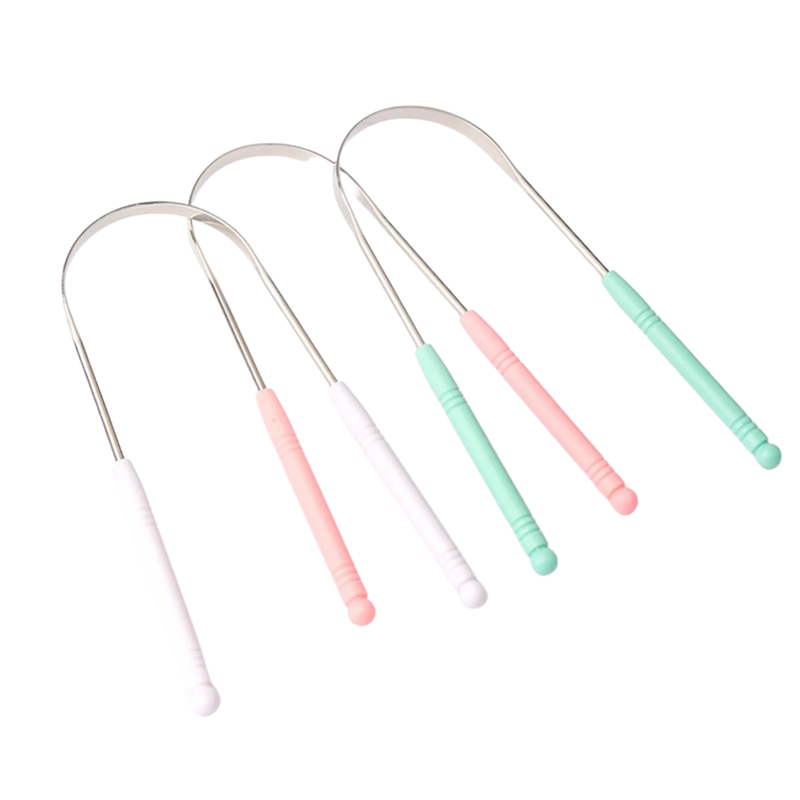


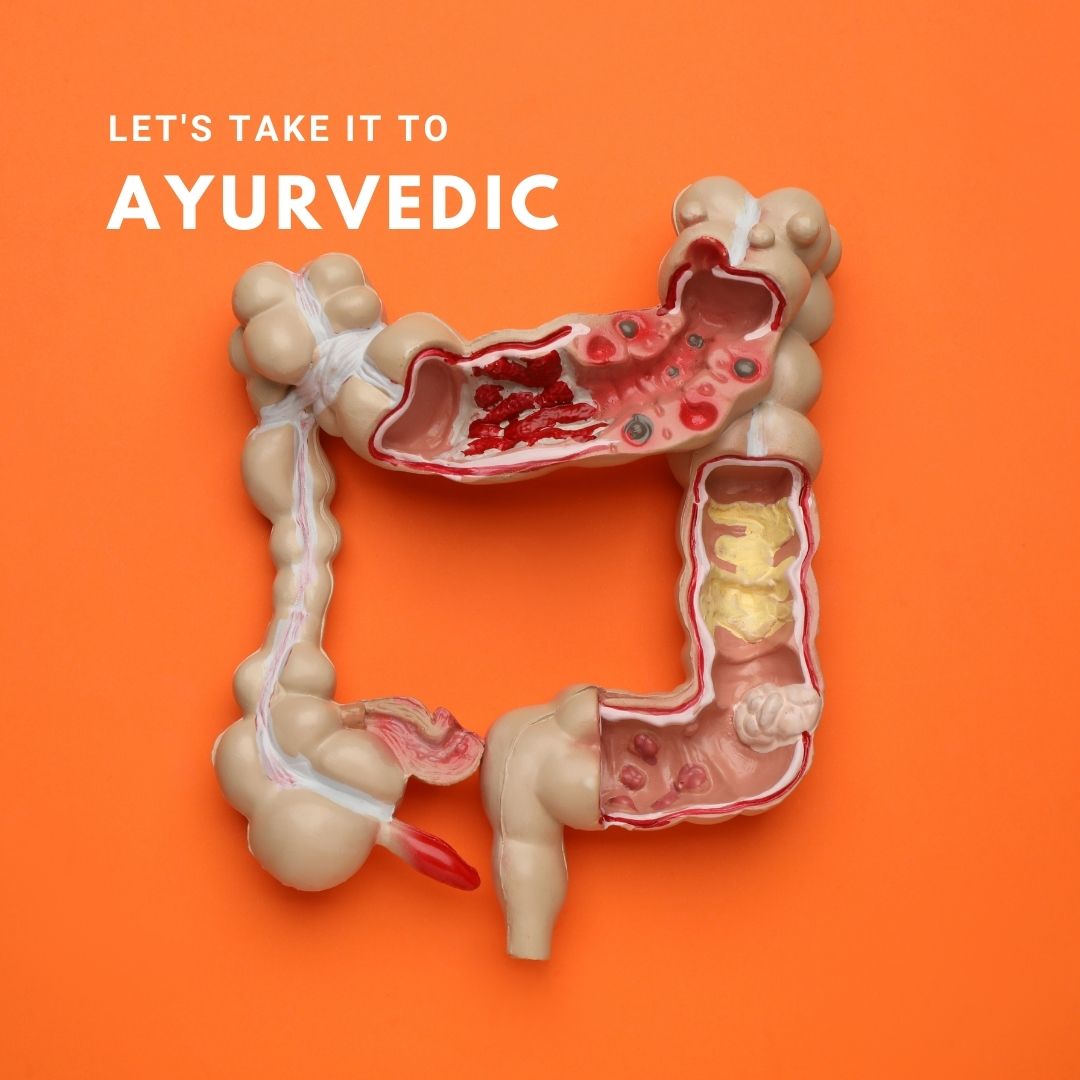
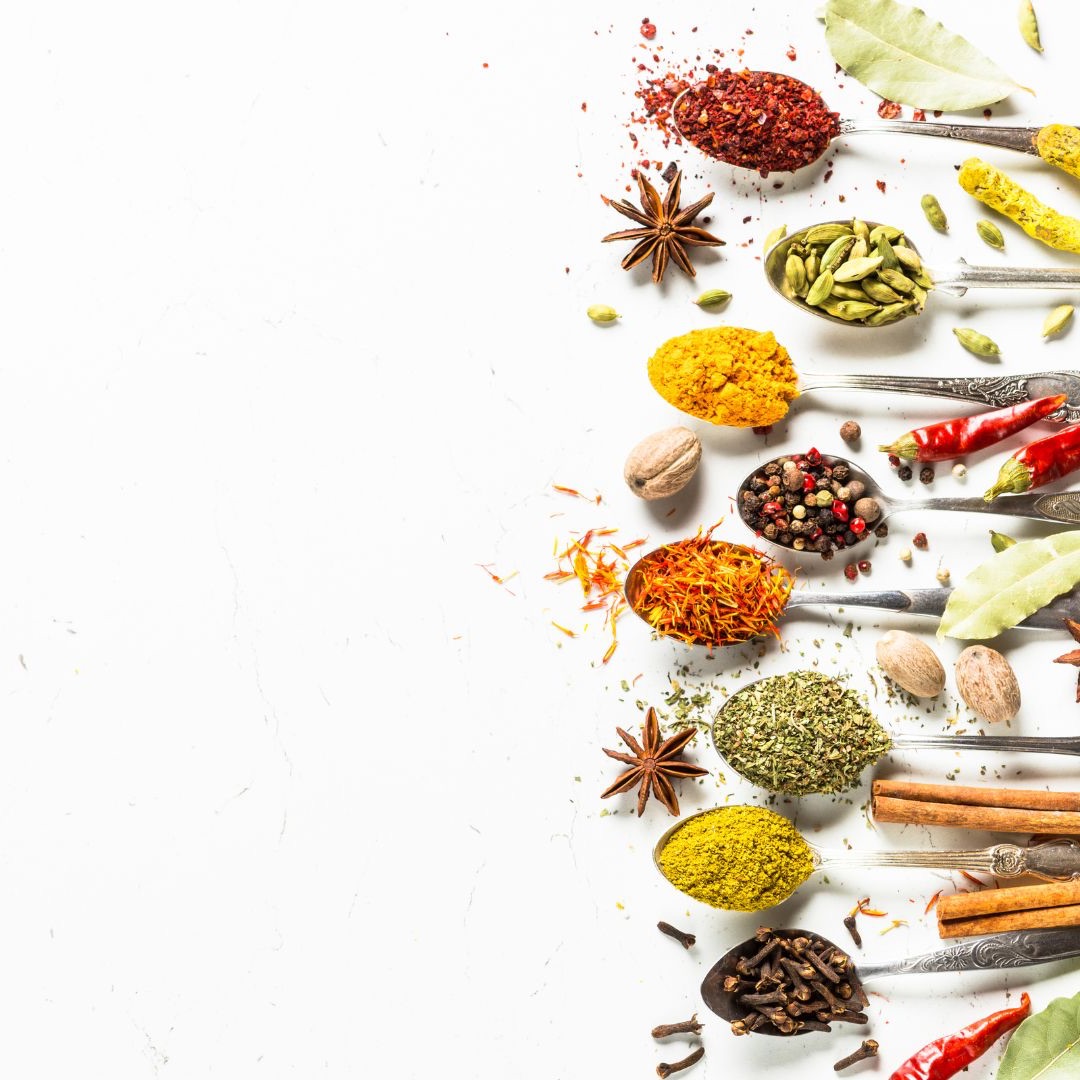
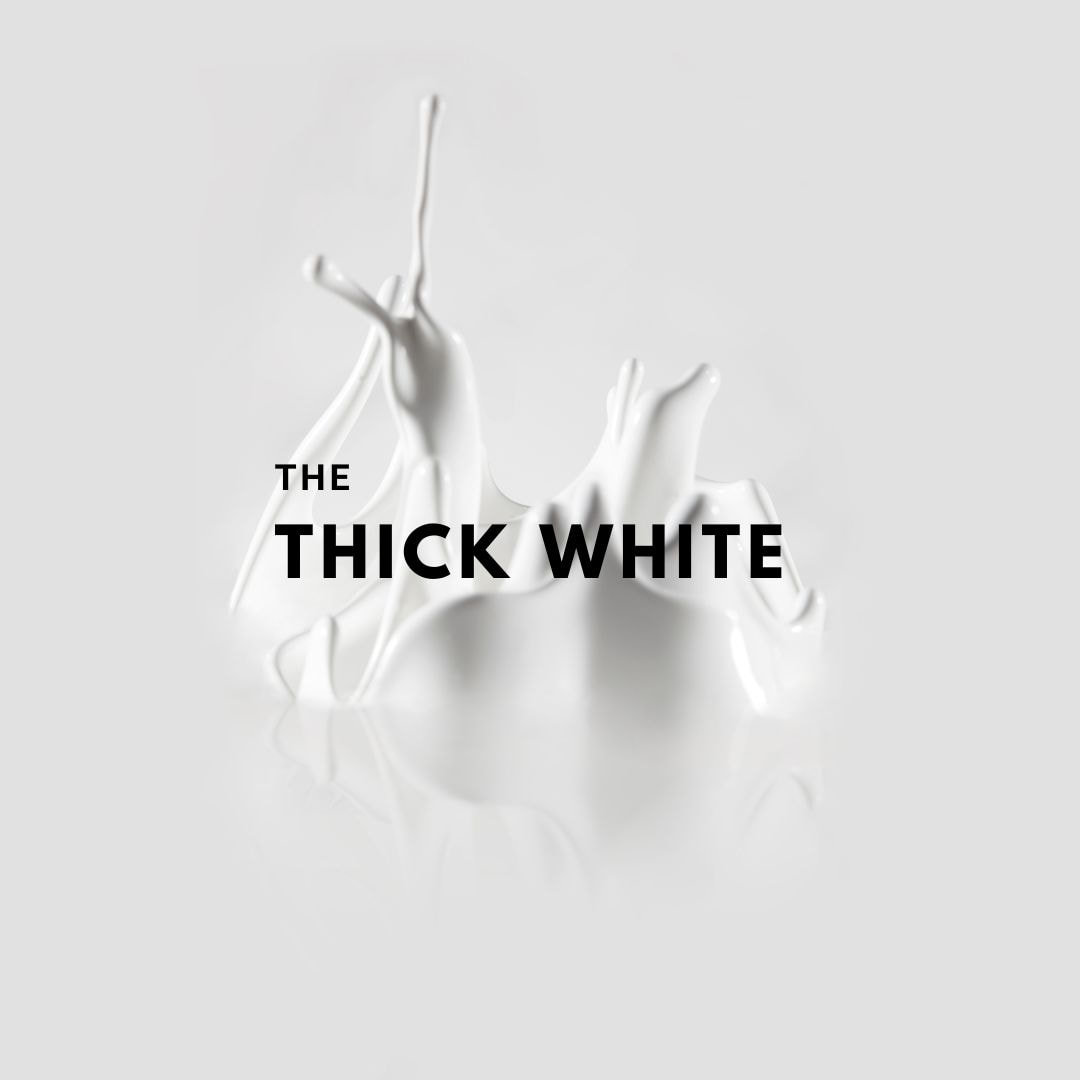
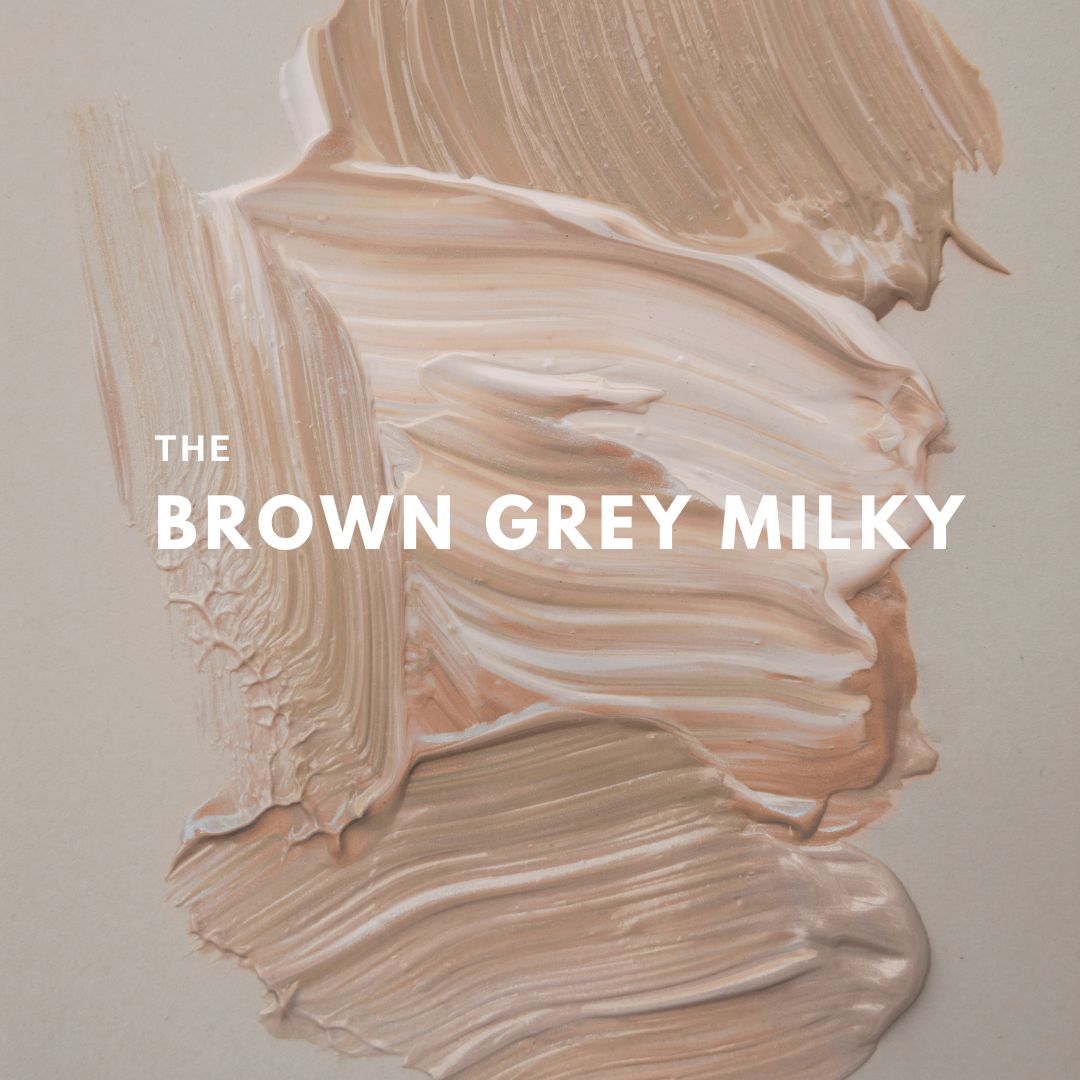
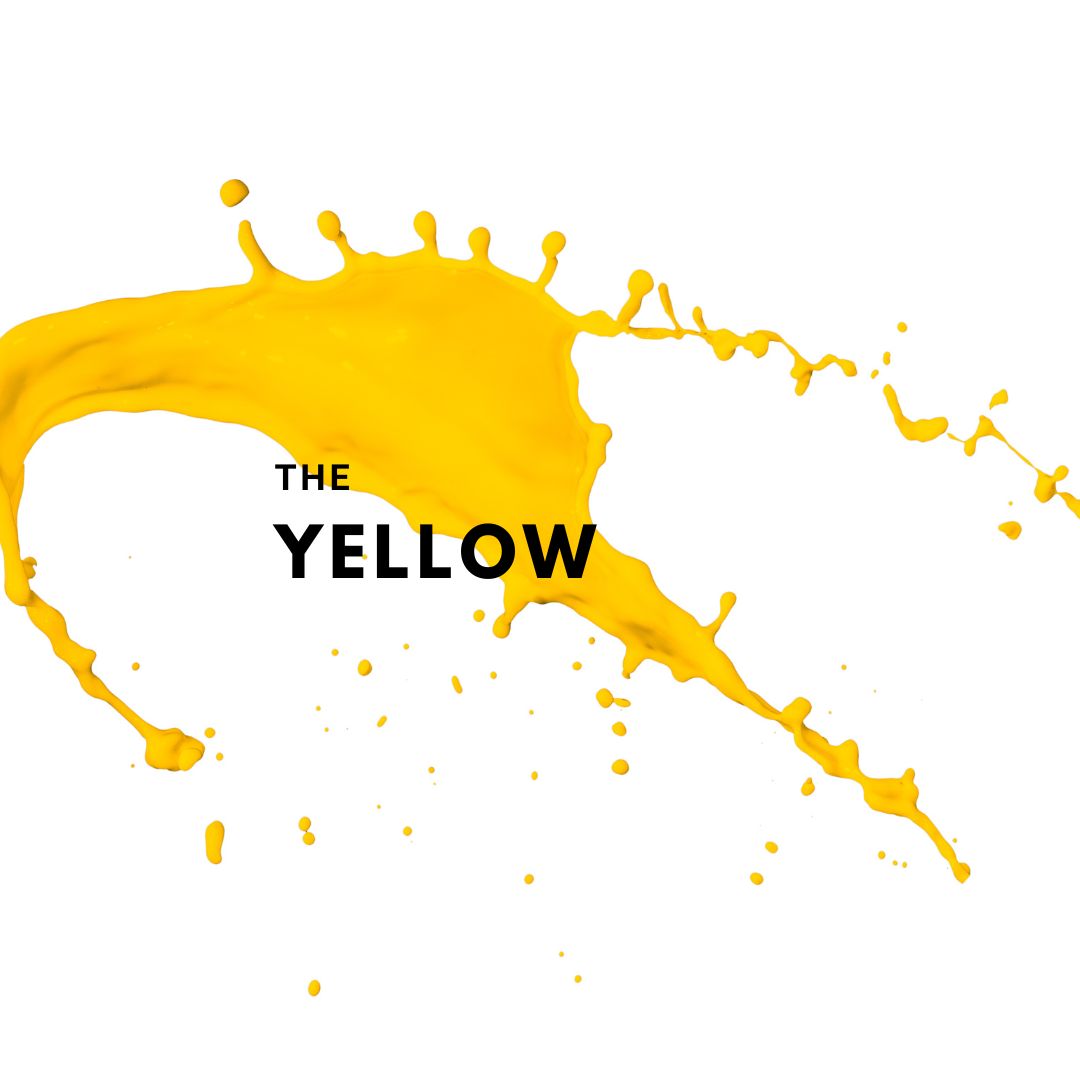

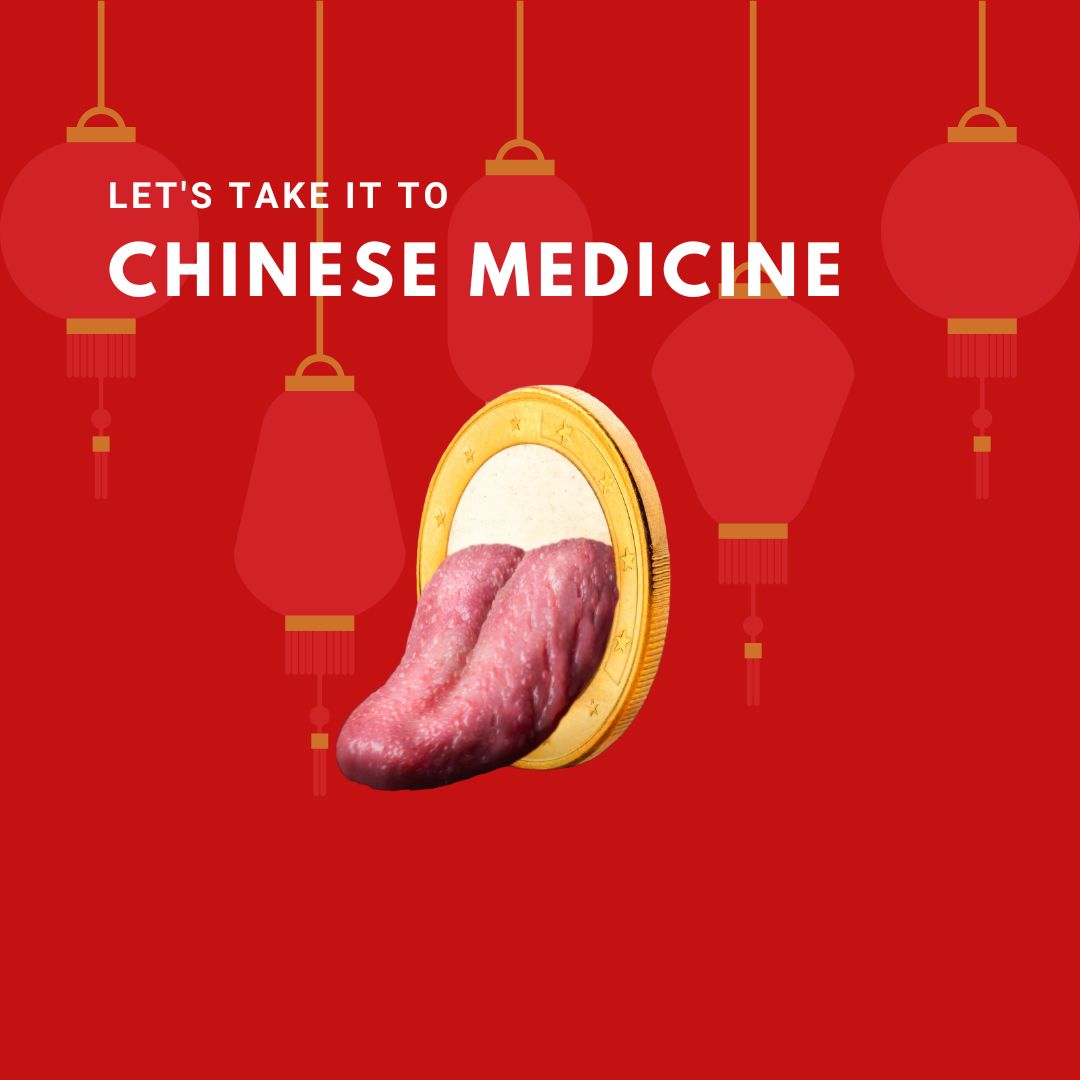


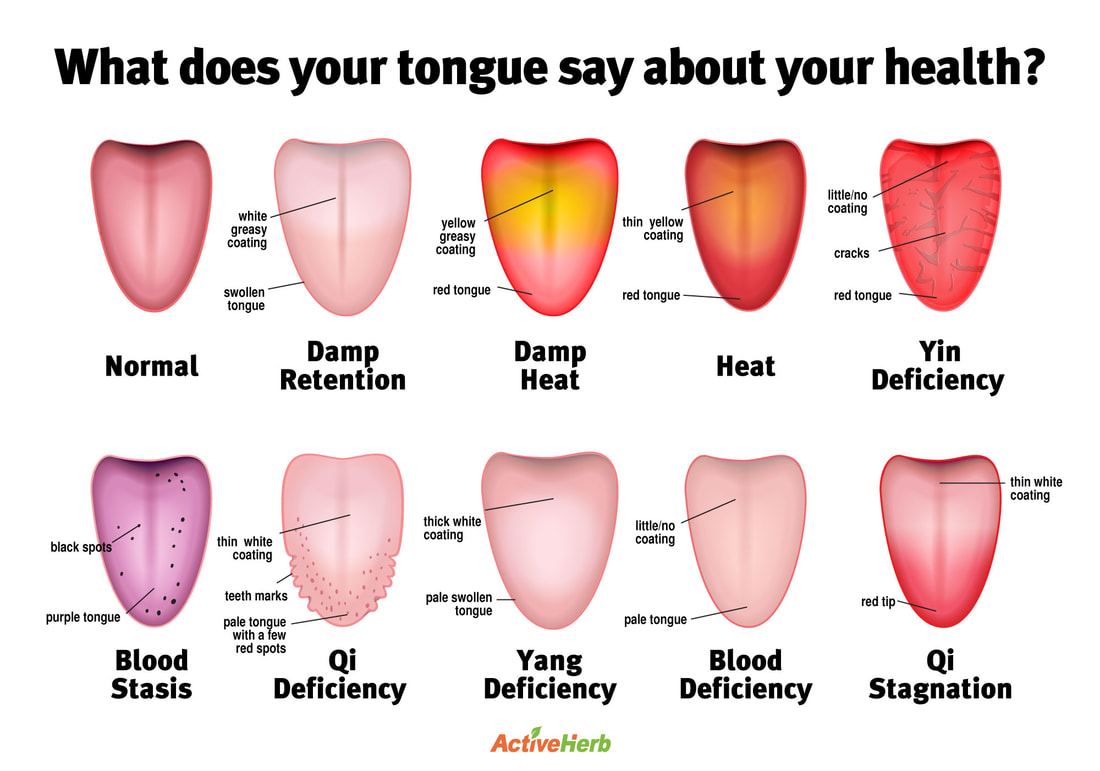
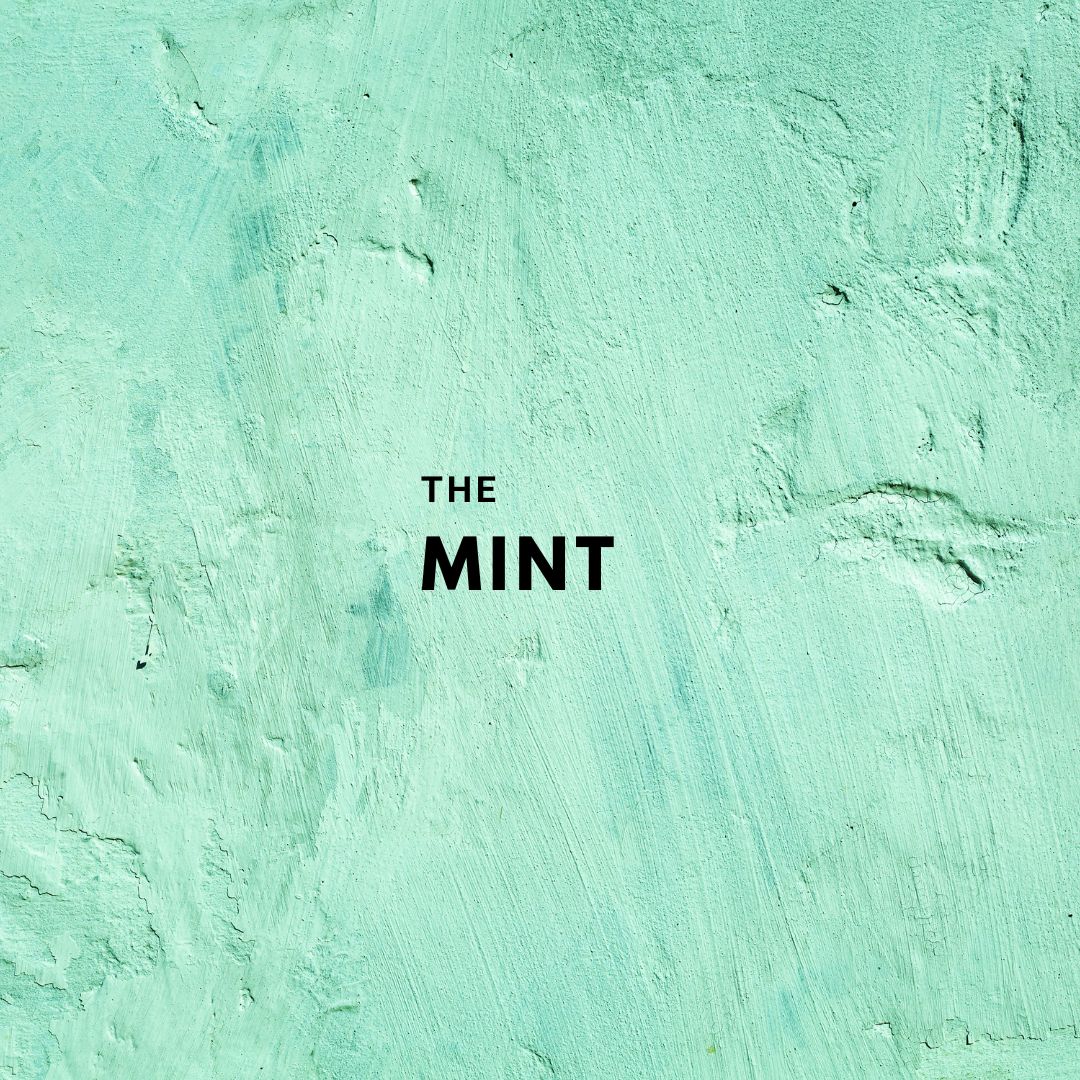


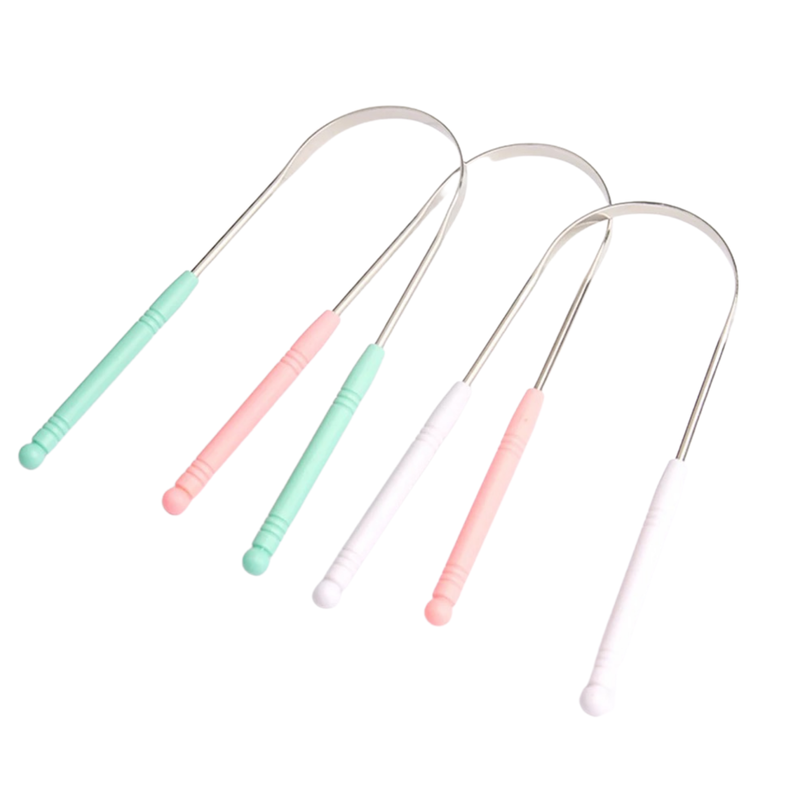
 RSS Feed
RSS Feed